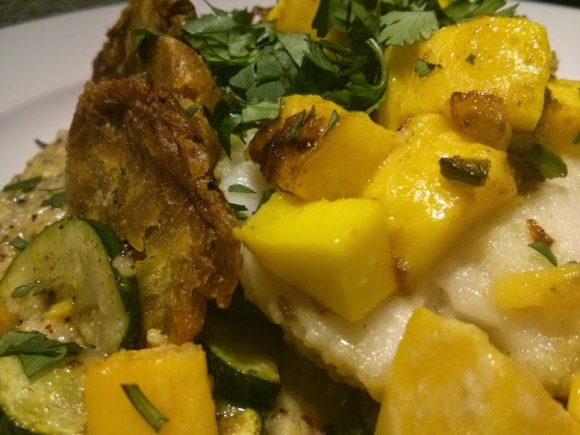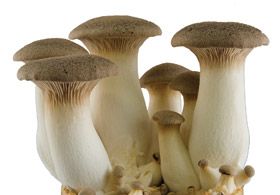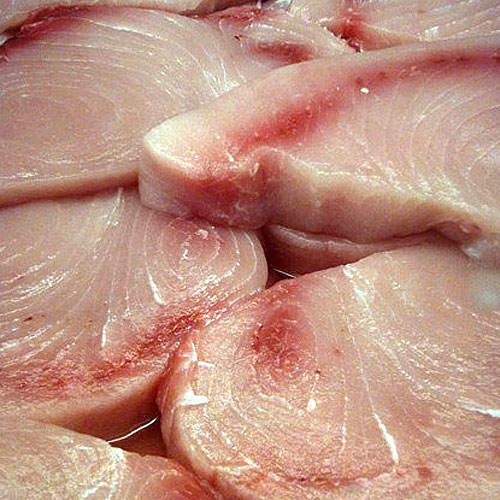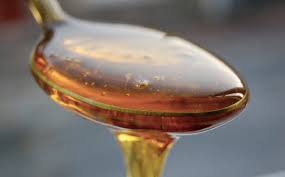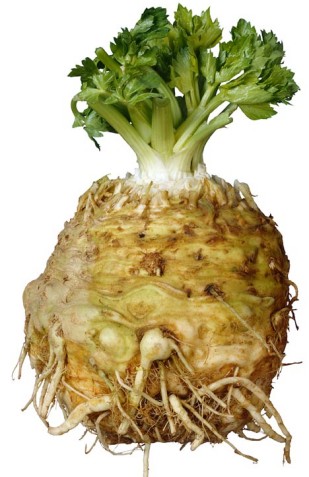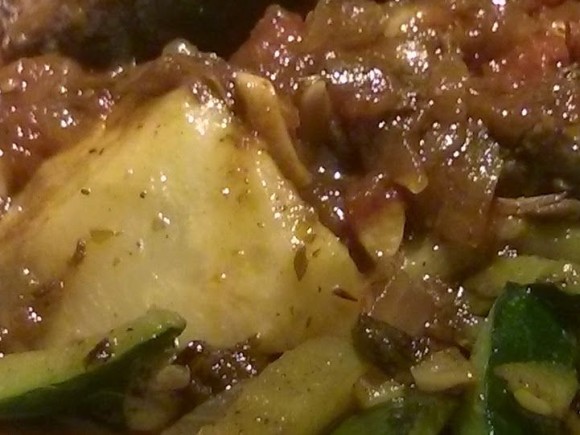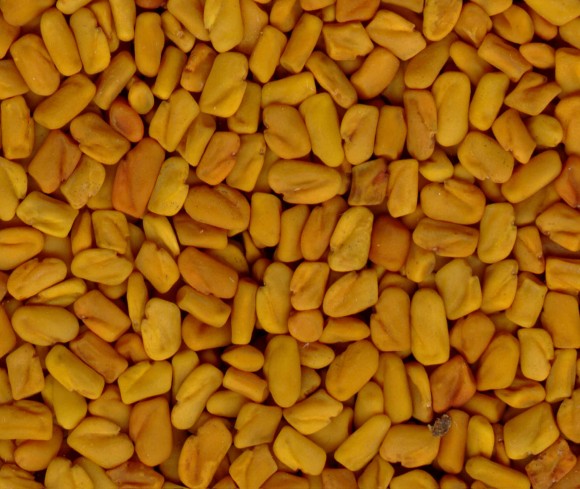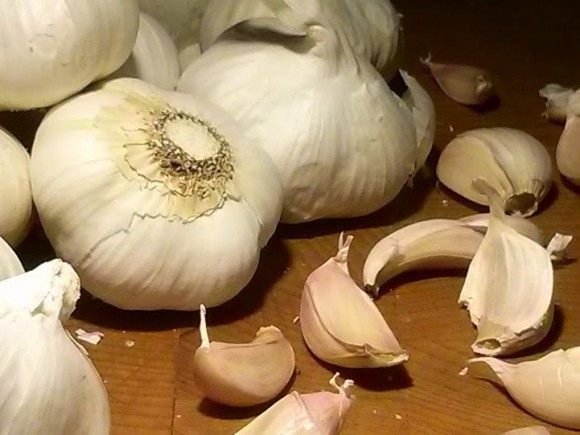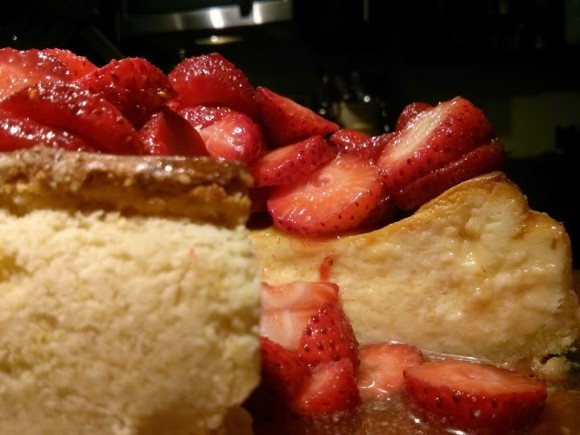 Is it a bad thing to fool your special someone by feeding them things that are good for them without their knowledge?? You know how they love spectacular desserts and just should NOT be eating Gluten, but…
Is it a bad thing to fool your special someone by feeding them things that are good for them without their knowledge?? You know how they love spectacular desserts and just should NOT be eating Gluten, but…
You have probably looked at the gluten free treats at the grocery store. You ponder, wondering if they will taste good. At that price, you sure do hope so, but probably don’t have a great deal of faith…
This pretty cheesecake is well within your ability. You need a good mixer, a spring form pan and fresh cream cheese.
This recipe was made for a 6" spring form pan. The crust recipe included, is enough for two cakes or one larger, 9" spring form pan. I put the remaining dough into the freezer for my next baking expedition!
If you are using a conventional oven, you need to take some extra steps to prep your pan. The butter in the crust will potentially melt, dripping down on the element and start a fire. In a convection oven, there is no exposed element, so not a problem. I do like to place a pan in the bottom of my convection oven, to catch drips and make cleanup easy, though. Of course, you can also use the upcoming method to handle drips, too. To create a seal for conventional cooking, wrap plastic wrap around the exterior of the assembled pan, creating a barrier to prevent leaks. You do not want it sticking up over the top edge, so tuck it neatly. Now, wrap foil around the plastic, with the thought of stopping leaks, also, but primarily to protect the plastic from the heat as well as creating a secondary catch point. The plastic will shrink from the heat, but honestly, it should do a great job. If you are further concerned, place a pan or dish under the spring form, too. This is fine, but it could make it take a little longer to bake in a conventional oven.
Once you are done sealing your pan, use a light coating of oil on the inside, for ease of release and for the crust crumb to stick to.
If using a conventional oven, set to 350; 325 for convection.
Crust:
1 C Red Mill 1 to 1 Gluten Free flour
1/3 C sugar
6 T cold unsalted butter, cubed
1 egg yolk
Dash of salt
Using the paddle attachment, mix together all the ingredients until you have formed a consistent petite pea sized crumb. Do not over mix!! Honestly, if that happens and it forms a dough, you are best to start over. You can save the screw up batch and make some cookies, but it will have a tough texture, if you try to use it for your cheesecake.
Place the finished crumb in the pan. If doing a six or seven inch spring form, put the other half in a freezer bag and store for another day. Now, carefully press the crumb all the way up the sides and across the bottom, using your fingers. If it is sticking to you, run your fingers under cold water to cool them, dry and dust with a little of your gluten free flour. It is very important to get the crust an even thickness on the entire surface. The largest pitfall is the corner where the sides meet the bottom. Push with your finger tips to thin it, if you realize you have created a slope instead of a sharp corner. If you don’t your finished cheesecake will have an unappealing block of crust in each piece. Set your crust in the fridge until you are ready to fill and bake.
To make the filling:
1 lb FRESH, good quality cream cheese. Do not cheap out and do check the date. As it ages, it loses moisture. You will end up with a cheesecake dotted with dry morsels of cheese no matter how much you whip it.
2 eggs
1/2 C sugar
1 tsp real vanilla
zest from half of a lemon
Place all the filling ingredients into your mixer with the whip attachment. Whip until fluffy and smooth. Carefully spoon into your prepared crust. Push it up against the sides in a way that you do not knock the crumbles loose and smooth the top. It will be fairly full. Place in the preheated oven. The cake will take roughly an hour. It’s done when a toothpick comes out clean from the center. If the top is beginning to get too brown, place a loose foil tent over it for the final baking.
Once fully cooled on a rack, carefully remove the spring form pieces. You can simply dust with powdered sugar and serve or use your favorite gluten free topping. The pictured cake has fresh strawberries in pineapple glaze. This is super easy and the combined acid and sweetness of the pineapple will give you the flavor that may not be in the berries coming in at this time of year. Simply reduce the pineapple juice. Add more sugar if your berries are particularly sour. Cool for a few minutes then fold into sliced berries. For a thicker glaze, add some dissolved gelatin before mixing with the berries. For an extra pretty batch, you can also add red food coloring.
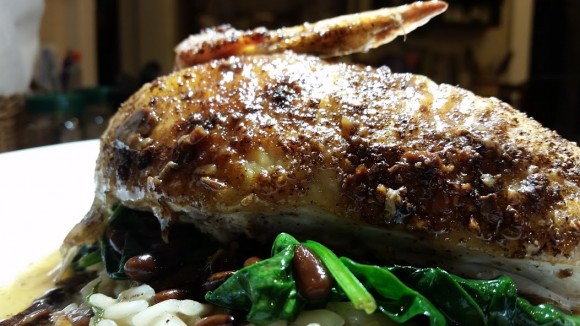
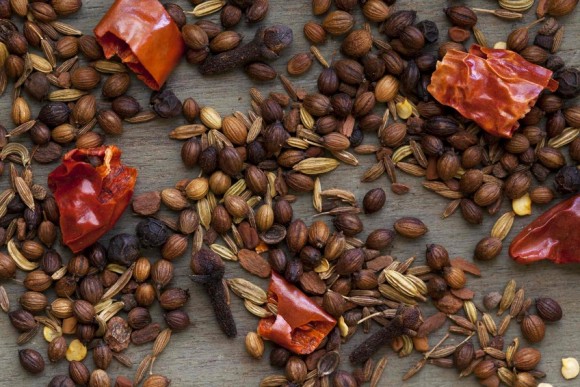 This beautiful blend of Indian Coriander Seed, Cumin Seed, Cinnamon, Fennel Seed, Fenugreek Seed, Cardamom Seed, Japones, Black and Tellicherry Peppercorn, and Cloves from Seattle’s World Spice Market added exactly the right amount of Zing, Pow, Bam needed to make this a highly memorable dish!
This beautiful blend of Indian Coriander Seed, Cumin Seed, Cinnamon, Fennel Seed, Fenugreek Seed, Cardamom Seed, Japones, Black and Tellicherry Peppercorn, and Cloves from Seattle’s World Spice Market added exactly the right amount of Zing, Pow, Bam needed to make this a highly memorable dish!